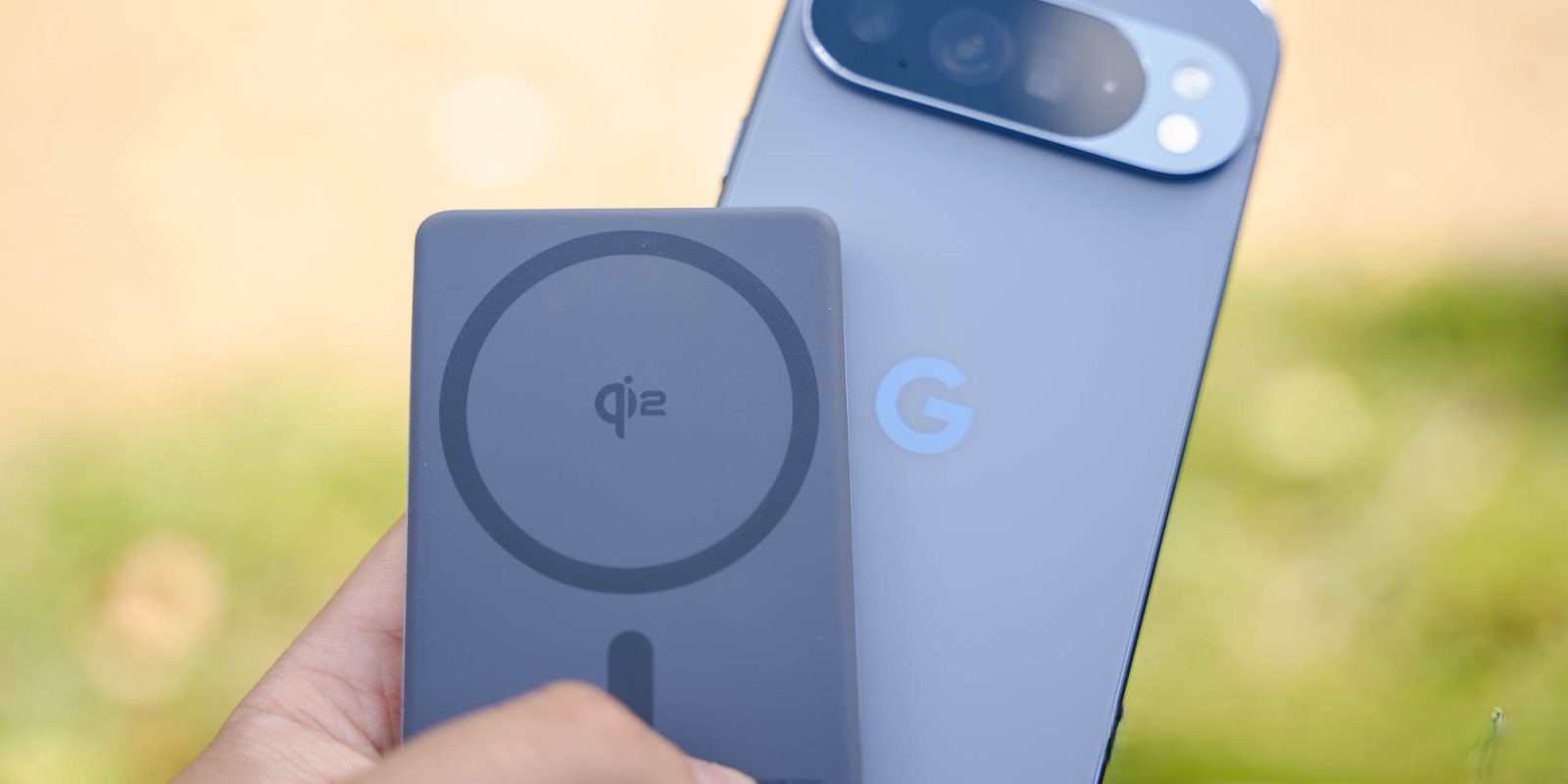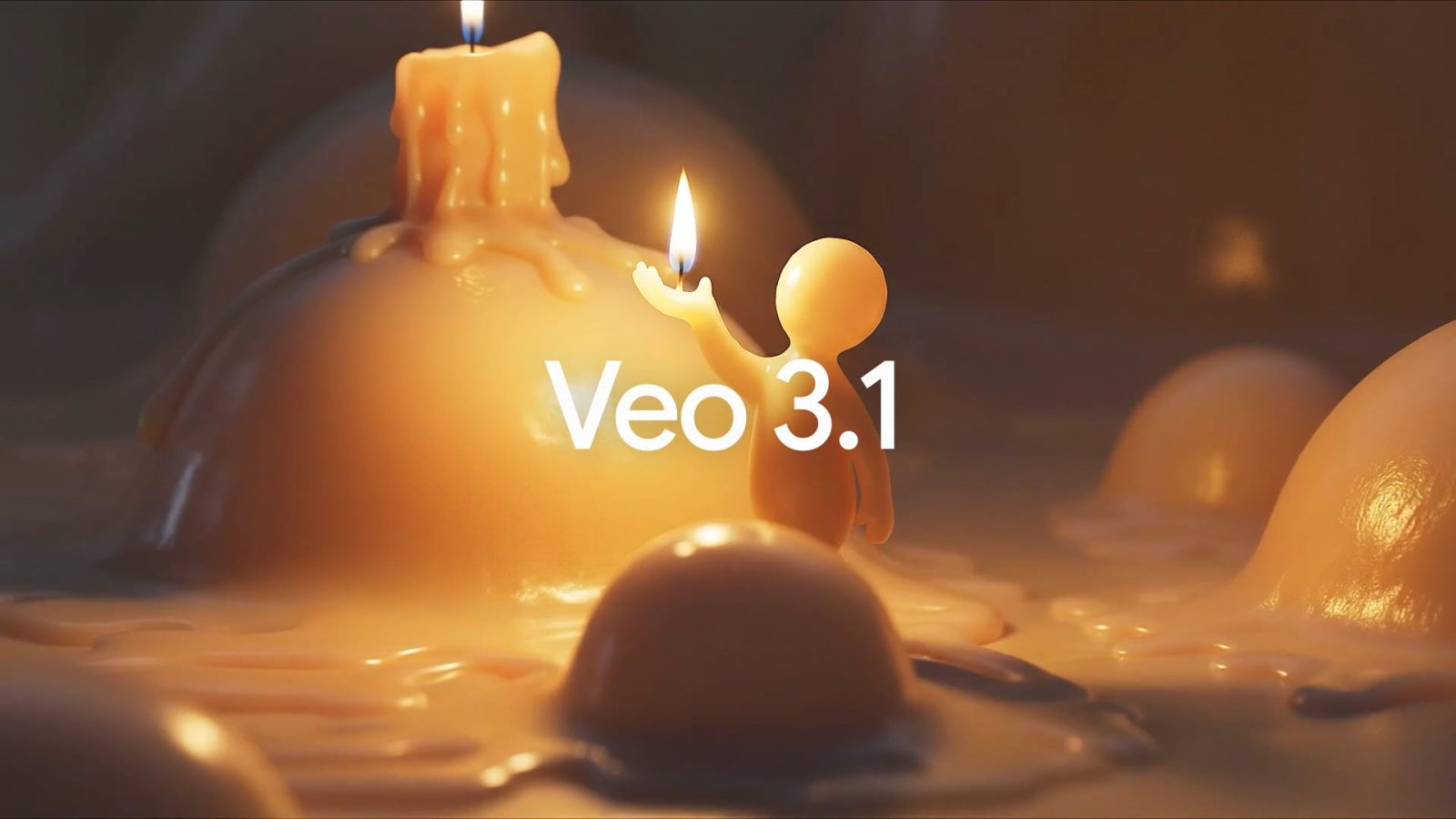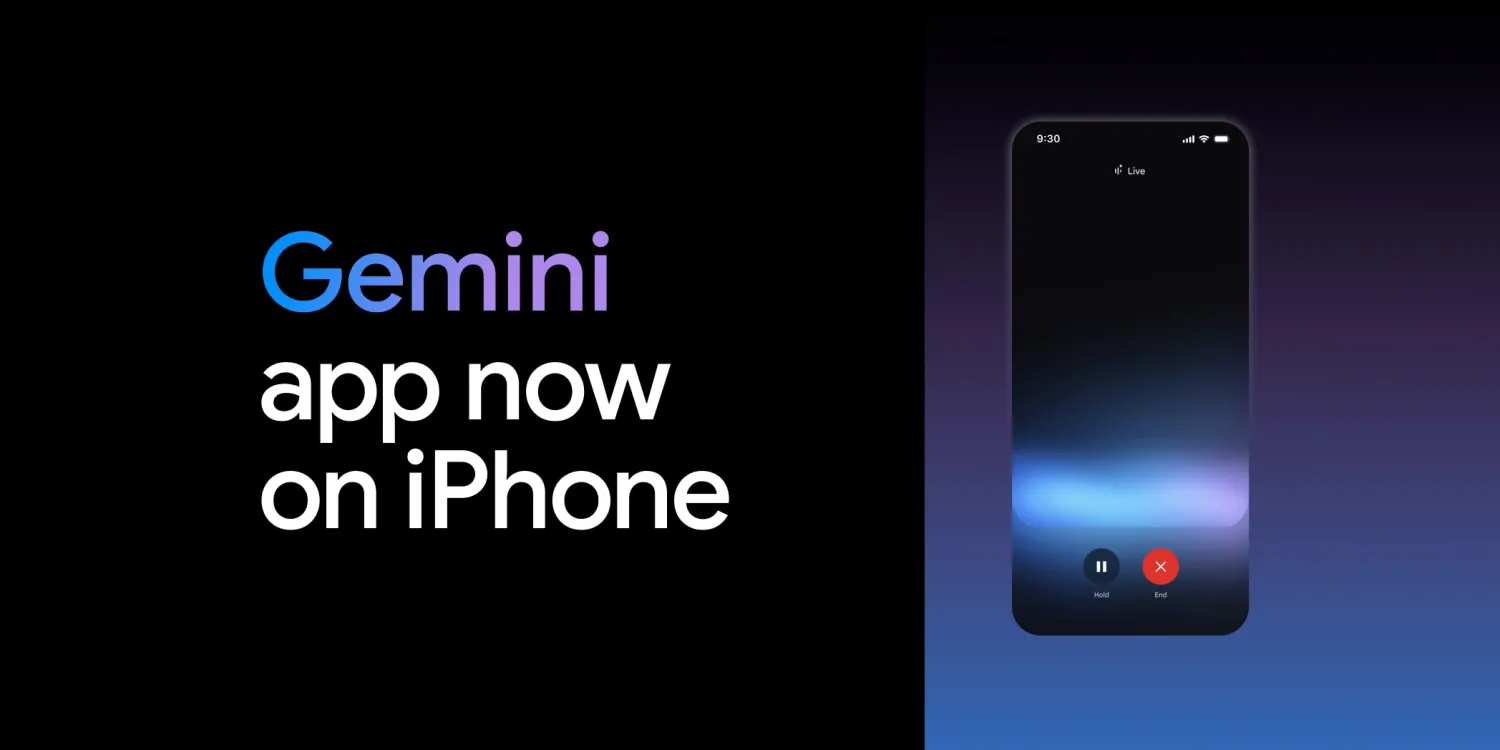In the rapidly evolving world of smartphone technology, wireless charging has become a standard feature, offering users the convenience of powering their devices without the hassle of cables. The introduction of the Qi2 wireless charging standard has further enhanced this experience by incorporating magnetic alignment, ensuring optimal charging efficiency. However, recent claims suggesting that integrating Qi2 magnets into Android phones would cost manufacturers around $10 million have sparked debates within the tech community.
Understanding Qi2 and Its Significance
The Qi2 standard, developed by the Wireless Power Consortium (WPC), builds upon the original Qi wireless charging protocol by introducing a Magnetic Power Profile (MPP). This addition utilizes a ring of magnets to ensure precise alignment between the device and charger, leading to improved energy efficiency and faster charging speeds. The magnetic alignment not only enhances the charging process but also opens the door for a range of magnetic accessories, similar to Apple’s MagSafe technology. ([wired.com](https://www.wired.com/story/what-is-qi2-wireless-charging/?utm_source=openai))
The $10 Million Claim: A Closer Look
The assertion that incorporating Qi2 magnets into Android devices would require an investment of approximately $10 million has raised eyebrows. This figure appears to be a significant overestimation, especially when considering the broader context of smartphone manufacturing and the adoption of new technologies.
WPC’s Response and Industry Practices
In response to these claims, the WPC highlighted that member companies have access to the Qi2 specifications and favorable licensing terms. This access suggests that the costs associated with integrating Qi2 technology are not as prohibitive as suggested. Furthermore, several major manufacturers, including Google, HMD, and Samsung, have already begun incorporating Qi2-compatible magnets into their devices or accessories, indicating that the integration process is both feasible and cost-effective. ([androidcentral.com](https://www.androidcentral.com/phones/nothing-phones/wpc-responds-to-nothings-qi2-comments-and-it-seems-theres-a-disconnect?utm_source=openai))
The Reality of Integrating Qi2 Magnets
Integrating Qi2 magnets into smartphones involves adding a ring of magnets around the wireless charging coil. This design ensures proper alignment with Qi2 chargers, enhancing charging efficiency and speed. The process requires precise engineering to maintain device slimness and functionality but does not necessitate a multimillion-dollar investment.
Industry Adoption and Consumer Benefits
The adoption of Qi2 technology is gaining momentum. Apple’s iPhone 15 series, for instance, supports Qi2, offering users faster and more efficient wireless charging. On the Android front, Google’s Pixel 10 series has fully integrated Qi2, while Samsung’s Galaxy S25 series offers partial support through compatible cases. These developments demonstrate that integrating Qi2 is both practical and beneficial for consumers. ([wired.com](https://www.wired.com/story/what-is-qi2-wireless-charging/?utm_source=openai))
Conclusion
The claim that adding Qi2 magnets to Android phones would cost manufacturers $10 million is not substantiated by industry practices or the experiences of leading smartphone makers. The integration of Qi2 technology is a manageable investment that offers significant benefits, including improved charging efficiency and compatibility with a growing ecosystem of magnetic accessories. As the industry continues to embrace Qi2, consumers can look forward to a more seamless and efficient wireless charging experience.



